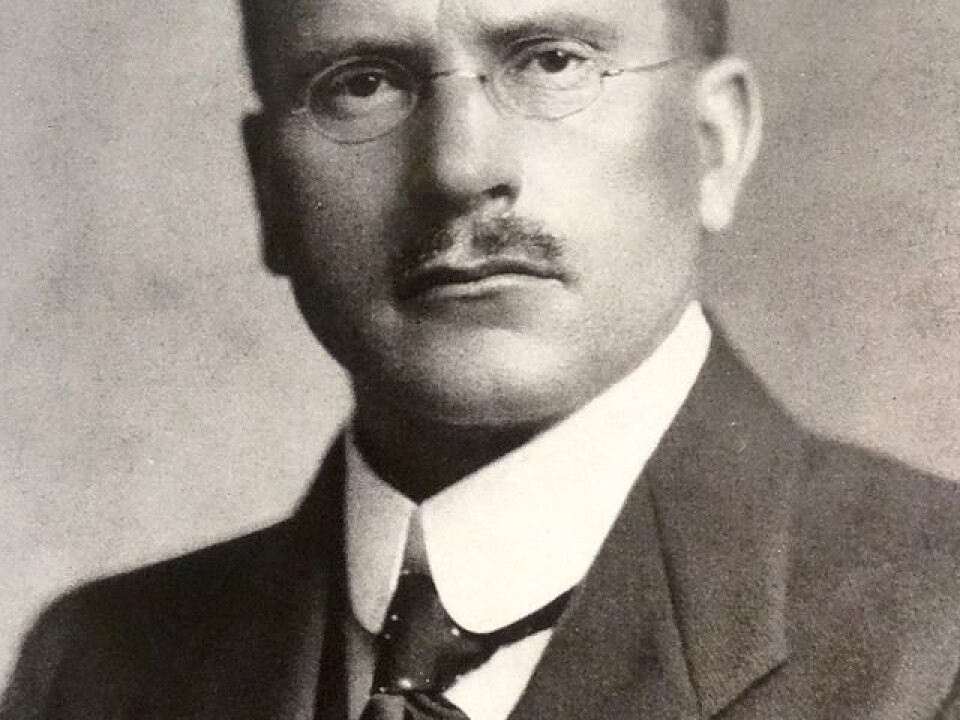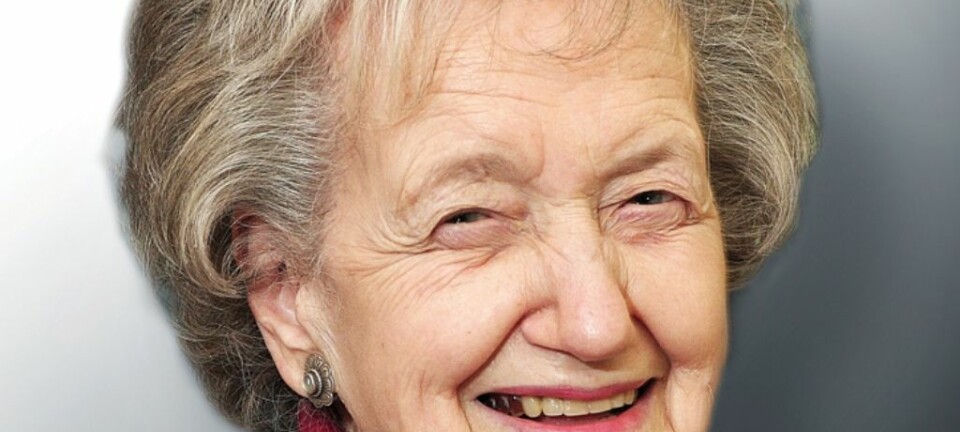
Personality goes beyond being introvert or extravert
The media's simplistic categorisation of our personalities as either introverted or extraverted can overshadow other important personality traits.
Is there scientific evidence to distinguish between introverted and extraverted personality types? What are the advantages and disadvantages of introverted tendencies? What other significant personality factors influence our lives?
In this article, we argue that the human personality is complex and not fully understood by a categorization of one of two types. The one-sided media focus on the difference between introverted and extroverted personality types can potentially overshadow other important personality traits and perhaps personality is better described as dimensions rather than types.
We will see that extraversion and introversion represents just one of five broad personality dimensions, known as the Big Five, and their underlying facets, which define our personalities.
Creative and esteemed individuals may be introverts
Introverts have been the focus of the general media and popular psychological literature in recent years. Books such as the international bestseller by Susan Cain 'Quiet - The Power of Introvert in a World That Can’t Stop Talking' have largely contributed to this.

In her book, Cain points out the difficulties as well as the benefits of being introverted. Indeed, some of the most creative and recognized people, past and present, are introverts. These include personalities such as Charles Darwin, JK Rowling, Albert Einstein, and Mahatma Gandhi.
For those who recognize introverted characteristics in themselves, they can take comfort from knowing other people also find it difficult to maintain demands for constant social participation.
Extraversion, Introversion, and the ‘In-Betweeners’
Carl Gustav Jung first coined the term ‘introverted personality’ in his work on personality types in 1921. Although the name at that time was new, the descriptions of introverted person characteristics trace back to ancient Greek philosophers, such as Hippocrates and Galen.
To understand the scientific background for the introverted tendencies, we need to concern ourselves with the personality factor on the other side of the spectrum: extraversion. Hans Eysenck published a personality theory in 1947 in which individual differences in personality were described in two dimensions: extraversion and neuroticism. He went on to develop the personality test known as the Eysenck Personality Inventory.
Today, extraversion is one of the best-documented phenomena in personality psychology.
Standardized personality tests like the so-called NEO-PI R test are commonly used. Based on self-reporting in relation to a series of statements that determine the participant’s degree of extraversion.
So we are talking about a dimension of a relational character in which people can be considered more or less extraverted or introverted – with those who score very low on extraversion being described as introverted.
People who score low on such extraversion tests are described as quiet, serious, and emotionally subdued, whereas people who score highly are characterised as emotionally warm, participating, talkative, active, pleasure seeking, and passionate.
However, it is important to understand that the vast majority of people are neither highly extroverted nor highly introverted, but fall somewhere in between the two. They are known as ambiverts and account for up to two-thirds of us. In fact, only one-sixth of us can be described as decidedly introverted.
Introverts strengths and weaknesses
There are obvious disadvantages of being an introvert in a world that values social behaviour and sociability and may consider those who do not live up to the societal ideals as anti-social oddballs.
Trying to live up to society's expectations frequently leads to stress and discomfort. Introvert behaviour will often hamper short-term success in finding a partner and may reduce the chances of creating social allies and acquiring knowledge about the surrounding world.
On the other hand, introverted people are often more thoughtful, less prone to risky behaviour, and therefore less exposed to the associated hazards.
Moreover, it is easier for introverts to establish stable relationships with their immediate family and close friends. Spending less time on superficial acquaintances allows more time to maintain the quality of intimate relationships.
An OCEAN personality
The one-sided media focus on extraversion vs. introversion can potentially overshadow other major dimensions of our personalities. In fact, extroversion and introversion represents just one of five broad personality dimensions known as the Big Five.
Todays’ leading personality researchers Paul Costa and Robert McCrae describe their so-called 'Five Factor Model' which includes Openness to new experiences, Conscientiousness, Extraversion, Agreeableness, and Neuroticism (OCEAN) as the five major dimensions of personality.
Here, personality is assessed by the combination of scores in all five dimensions, and not only whether aa person is more or less introverted.
Finally, it should be noted that each of these five dimensions can be divided into six subgroups which contain more detailed information on various aspects of the major personality dimensions. This level of detail contains important information about a person's personality – but is often forgotten when focusing exclusively on the overall dimensions.
Future popular science coverage of personality research
Recent media coverage has had a positive effect regarding the visibility of introversion and has successfully pointed out that it is actually quite common to be introverted. However, future popular dissemination of scientific knowledge about personality should now include the other major personality dimensions, the underlying facets and the balance between them.
Simple psychological theories are easy to communicate and alluring because everyone can understand them, but the human personality is complex and cannot be understood through simple categorisations.
A detailed picture of personality is better characterised with shades of grey rather than black or white.
--------------
Read the original article in Danish on Videnskab.dk
Translated by: Catherine Jex









